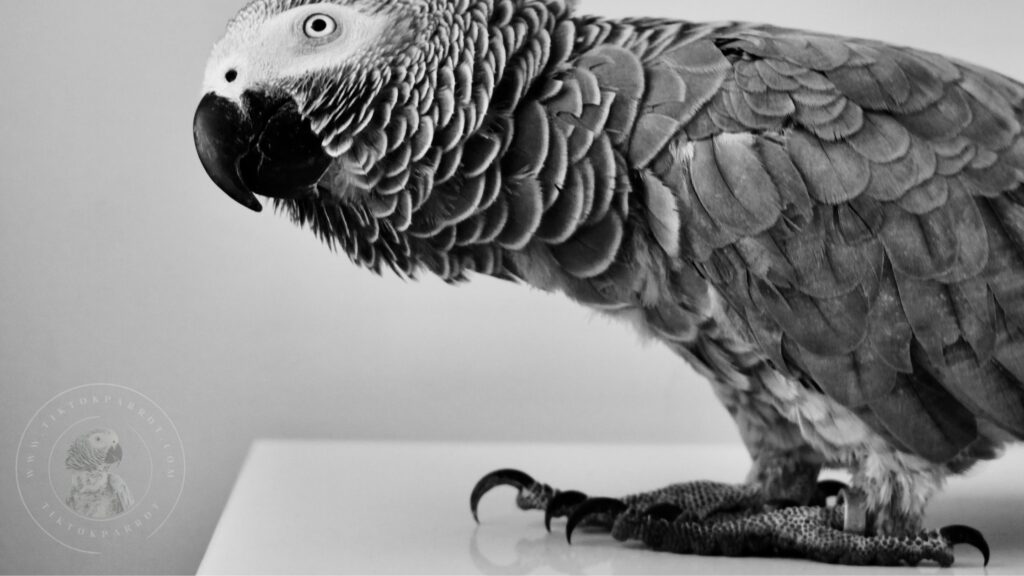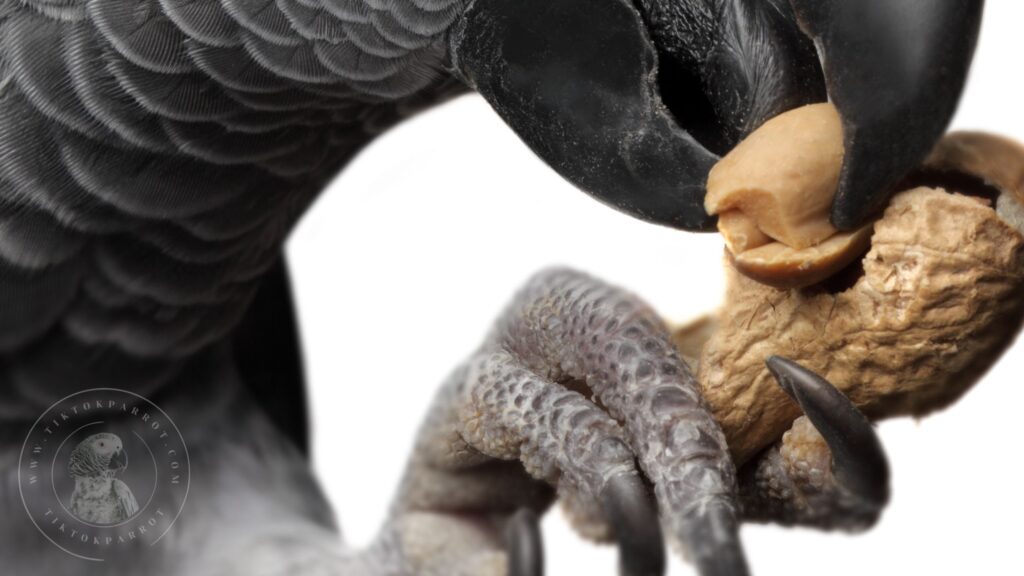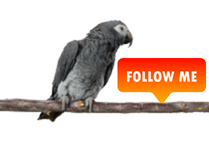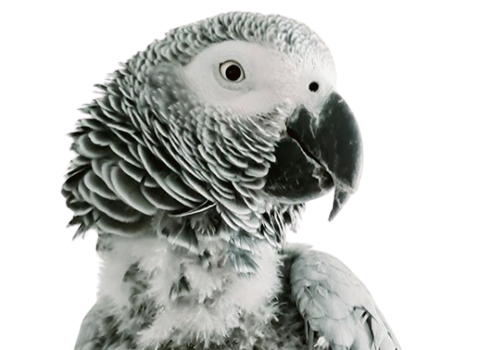Today, we’re diving talon-first into the fascinating world of African Grey Parrot feet. Trust me, these little guys have a lot going on down there. If you’ve ever wondered how your feathery friend manages to climb, grasp, and stay healthy, you’re in the right place. Grab a perch and let’s get started!
Table of Contents
Discover the amazing dexterity and climbing skills of African Grey Parrots! Learn how to keep their feet healthy with our expert tips and engaging insights.
Have you ever stopped to think about the role those feet play in his daily life? I mean, they’re not just for standing, are they? Today, in this post we will discuss the fascinating world of African Grey parrot feet, exploring their dexterity, climbing abilities, and health care needs. So, buckle up and get ready for a beak-to-toe adventure!
The Structure of African Grey Parrot Feet

First things first, let’s talk about the anatomy of these amazing appendages. African Grey Parrots have zygodactyl feet. What does that mean? In plain English, it means they have two toes pointing forward and two toes pointing backward. Think of it like the bird version of a Swiss Army knife – super versatile and ready for anything!
This unique arrangement allows them to grasp and manipulate objects with ease. Their feet are also incredibly flexible, with a specialized tendon system that enables them to rotate their ankles and toes in various directions. It’s like they have built-in swivel joints!
Imagine having feet that can twist and turn like a contortionist’s. That’s basically what African Greys have. This flexibility, combined with their strong, curved claws, makes them expert climbers and grasping machines. They can wrap their feet around branches, toys, or even your finger (if you’re lucky!).
Why Zygodactyl Feet Are Awesome
- Super Grip: With two toes in front and two in the back, these birds have a killer grip. It’s like having four fingers instead of a thumb and three fingers.
- Climbing Champs: This toe arrangement helps them climb with ease. They’re like the Spiderman of the bird world.
- Dexterous Dudes: These feet aren’t just for climbing. They can pick up objects, hold food, and even play with toys. Talk about multitasking!
Climbing and Grasping: The Feet’s Superpowers

Ever watched your African Grey scale their cage like it’s Mount Everest? Their feet are designed for it. Those zygodactyl toes come in handy for gripping branches, cage bars, and pretty much anything else they decide to climb.
African Greys are arboreal birds, meaning they spend most of their time in trees. Their feet are perfectly adapted for this lifestyle. They can climb up, down, and even sideways with ease, thanks to their zygodactyl arrangement and flexible ankles. It’s like they have built-in crampons!
But it’s not just about climbing; their feet also enable them to grasp and manipulate objects with precision. They can hold onto toys, food, or even small objects like keys or coins. It’s amazing to watch them use their feet to problem-solve and figure out how to get what they want.
Techniques to Watch
- Sideways Shuffle: They often move sideways along branches or bars, using their feet and beak for balance.
- Vertical Climbs: Straight up the cage wall? No problem. Their strong toes dig in, and they use their beak as a third limb.
- Hanging Out: Literally. They can hang upside down, gripping with those strong toes, giving them a great view of the world below.
Grasping Objects: A Talented Touch
Parrots are the artisans of the avian world. They use their feet to handle everything from food to toys. Think of their feet as a pair of pliers – precise and powerful.
How They Use Their Feet
- Eating: They often hold food in one foot while they munch away. It’s like having a built-in snack holder.
- Playing: Toys, bells, ropes – you name it. Their feet are perfect for picking up and manipulating objects.
- Interacting: They’ll use their feet to touch and explore new things. It’s their way of saying, “What’s this? Can I eat it?”
Common Foot Health Issues and Treatments

Now, onto a crucial topic – foot health. Just like us, parrots need good foot care. Neglect can lead to problems, and nobody wants that for their feathered friend.
As amazing as African Grey parrot feet are, they’re not immune to health issues. Here are some common problems to watch out for:
- Foot injuries: Cuts, cracks, or broken toes can occur if your parrot catches its foot in a toy or falls from its perch.
- Bumblefoot: Sounds cute, right? It’s not. It’s a bacterial infection caused by rough perches or poor hygiene.
- Overgrown Nails: If their nails get too long, it can affect their grip and cause discomfort.
- Fungal infections: Moisture and bacteria can lead to fungal infections, causing discoloration, swelling, and pain.
- Arthritis: Just like humans, African Greys can develop arthritis, leading to stiffness and pain in their feet.
- Scaly Mites: These tiny pests can cause irritation and scaling on their feet.
Treatments and Preventive Care
- Proper Perches: Use a variety of perches to keep their feet healthy. Natural wood is great, but avoid rough surfaces.
- Regular Vet Checks: A yearly check-up can catch problems early.
- Nail Trimming: Keep those nails in check with regular trims. If you’re not comfortable doing it yourself, your vet can help.
- Clean Environment: Keep their living space clean to prevent infections.
If you suspect any foot health issues, consult a veterinarian experienced in avian care. They can provide guidance on treatment options, which may include antibiotics, anti-fungal medications, or even surgery in severe cases.
My Closing Thoughts
African Grey Parrots have some of the most fascinating feet in the bird world. Their zygodactyl toes give them incredible dexterity and climbing ability, making them the acrobats of the avian realm. But with great power comes great responsibility – it’s up to us to keep their feet healthy and happy.
These remarkable birds have evolved some of the most versatile and adaptable feet in the animal kingdom. By understanding their structure, abilities, and health needs, we can better care for our feathered friends and appreciate their unique talents.
So, dear parrot parents and enthusiasts, what’s your experience with your parrot’s feet? Got any funny stories or tips? Share in the comments below – I would love to hear from you!
If you liked this blog, please share it with your family and friends who might also find it helpful. If you love African Greys, join our community of Grey owners! You can meet other owners, share tips and learn from each other.
You might like to read these as well
Amazing Facts About African Grey Feet You Never Knew: A Deep Dive into Parrot Anatomy
The Secret Grooming Habits of an African Grey’s Head Feathers
Understanding the African Grey Molting Process And How To Help
Top 10 Toys to Keep Your Parrot Entertained and Engaged
10 Basic Care Tips for African Grey Parrot Owners
For more useful content about African grey parrots, you can subscribe my site with your email to get notification upon publishing a new blog, the subscribe box you can see on the right side of this page. Also if you get an alert on your web browser while browsing my site, allow it and that will also give you an alert whenever I publish a new blog.
Stay safe and much love!




